Athleisure Socks vs. Performance Socks: Which Fit Your Lifestyle
Key Takeaways
-
Knowing the difference between athleisure and performance sock will help readers choose accordingly, since each one meets different needs stylistically, for comfort and technology.
-
Athleisure socks focus on style, comfort and versatility – they’re designed for light activity and casual wear – whereas performance socks are made for specific sports, with advanced support, moisture control and durability.
-
Material is important for comfort - athleisure socks tend to opt for soft, breathable blends, while performance socks use technical fibres to increase moisture management and durability.
-
Appropriate cushioning, arch support and fit are vital for foot health and injury prevention, especially during sports or hours of wear.
-
Hybrid socks are gaining traction by combining the pros of both sides, offering shoppers functional, fashion forward picks that adjust to different lifestyles and pursuits.
-
They’re worth investing in, because quality socks yield dividends in comfort, foot health, and replacement costs – not to mention they’re integral to self-care and the well-planned wardrobe.
Athleisure socks typically prioritise comfort and aesthetics, ideal for casual use or low-impact workouts. Performance socks hold the foot during high impact movement. They feature moisture-wicking fabrics and snug fits to reduce chafing. Both wear types come in different shapes and shades, but the main distinction lies in how they manage sweat, fit and support. To choose the right pair, it pays to consider what you’ll be doing and what feels good on your feet. The following section runs through the essentials, so you can find the right sock for your activity and comfort.
What Are Athleisure Socks?

Athleisure socks combine the comfort and function of athletic socks with the style of everyday fashion. Designed for those who want their clothes to serve dual purposes, these versatile socks fit the bill for both workouts and daily life. As athleisure clothing gains popularity, so do athleisure socks, appealing to fans from various sports backgrounds. Their functional yet stylish designs allow them to be worn at the gym, at home, or even out and about.
Style First
-
Athleisure socks are perfect for bringing a splash of colour to Plain Trainers or dressing up a standard pair of jeans.
-
They’re a popular option for fans of the sportswear-meets-casual aesthetic, frequently appearing on streetwear runways.
-
Socks in this genre are often available in an array of colours and patterns to allow individuals to flaunt their personal style.
-
Big brands occasionally partner up with designers to make special edition socks.
Athleisure socks, particularly vibrant athletic socks, are designed to be eye-catching. People enjoy wearing them with shorts, skirts, or cropped trousers to showcase a bold print or logo,” says Vashtie Kola. Styles like striped or geometric sports socks can elevate an outfit, making them a global “It” item across cultures and ages.
Comfort Focus
Comfort is a major selling point for athletic socks in the athleisure space! Most are created for all-day wear – whether for lengthy strolls, working from home, or a quick trip to the gym. Features like additional padding in the heel and toes, seamless toe closures, and arch support lead to less rubbing and fewer blisters. These sports socks are typically made from soft cotton blends, providing a gentle touch against the skin without causing irritation.
A snug fit is essential as it keeps the socks in place, preventing them from slipping down during various athletic activities. This is particularly handy for yogis, runners, or hikers, as sock slips can be annoying and may lead to minor injuries. Others find them significantly comfier than regular socks due to the looser fit and softer materials.
Everyday Materials
Athleisure socks, often crafted from a soft cotton blend, are designed to provide ultimate comfort for both athletic pursuits and everyday fashion. The cotton aids in breathability, while the synthetic materials offer stretch and strength, ensuring that feet remain dry and at a comfortable temperature regardless of the weather. This combination makes them ideal as workout socks for various sports or casual wear.
Elastic fibers are incorporated for a snug fit, allowing these versatile socks to conform to different foot shapes without being restrictive. Moisture-wicking technology is a standard feature, effectively pulling sweat away and keeping feet fresh during workouts or busy days, making them a top choice for athletes.
Athleisure socks excel in their dual functionality, suitable for both sports gear and everyday wear. They can be easily dressed up or down, fitting seamlessly into various wardrobes – a key reason they have become a staple in sports fashion.
Trend and Appeal
The global trend for athleisure has seen athleisure socks grow in popularity among all demographics. Fitness bros love them for their performance aspects, but those who simply want to be comfy in everyday life reach for them, too.
Younger cohorts opt for punchy designs, whereas professionals favour more understated styles for the office. The variety and the fusion of style and practicality make athleisure socks a staple for many.
Athleisure socks are an easy consequence of people’s dressing habits shifting towards both comfort and appearance.
What Are Performance Socks?
Performance socks, often referred to as athletic socks, are made specifically for sportsmen or those who do regular training. They’re more than just a sock – they’re engineered to help you perform better, stay safe, and endure hard use. The primary objective is to enhance your movement efficiency, minimize injury risk, and ensure your feet remain as dry and comfortable as possible. Constructed with special grip, additional padding, and a snug fit, these workout socks are designed for any sports or fitness purist. You’ll see them in gyms and on tracks, especially in various sports like football and basketball, where athletes expect only the best from their athletic gear.
Function First
Function over Everything with performance socks Every piece is designed with a purpose, suiting the sport’s requirements. Running socks can have plush heels and toes for impact, while football socks offer arch and calf support.
Like most performance socks do with padding and snug shapes in critical locations. The arch, heel and toe all get extra attention. This padding aids grip and can prevent blisters or sore spots developing. Compression elements aren’t unheard of. They gently compress the lower leg, assisting circulation back to your heart as you work or play. That can mean less swelling and less fatigue, which allows you to exercise a little longer or push a little harder.
Great socks stop you from sliding. Some do have silicone pads beneath the foot. These hold the sock in position even if you’re sprinting or changing direction. If you play sports requiring plenty of stop-start action, this is a definite positive.
Technical Focus
That’s how much design has changed in recent years, as modern performance socks show. Moisture management is a given. Fabrics wick sweat from your skin, meaning feeling drier, blister-lower and more comfort even in warm weather or extended sessions.
Socks today have areas with tiny holes or mesh. These allow air to circulate, preventing your feet getting too hot. This allows your foot to breathe and prevents odours from accumulating. In sports such as basketball, where rapid cuts and jumps are routine, socks feature extra-thick yarn at the toe and heel. This added layer prevents the sock from getting worn out too early.
Smart fabrics are a new development. Some socks actually contours as you run, providing more support exactly where you need it. The combination of new fibres allows the sock to hug your foot and movements, much like a second skin.
Advanced Materials
Good socks, especially athletic socks, employ a cocktail of yarns such as nylon, polyester, or merino wool. Nylon is durable and nonderivative, ensuring that socks hold up longer and maintain their form. Merino wool excels at controlling water and temperature, so if you’re wearing performance socks, you’ll keep your foot dry, warm, or cool.
Lightweight yarns are essential for athletic activities, as they don’t feel heavy on you. This is critical for running or team sports, where pace counts. Quality sports socks don’t feel thick or clumsy; they never lose their fit, shape, and form even after washing.
The right yarn also prevents odor. More odor-resistant fabrics like merino wool and treated polyesters allow you to wear them longer without concern. Choosing the right sock material isn’t just about comfort; it’s about pairing your sport and requirements—opting for thicker socks for hiking or thinner ones for cycling.
Anatomical Design
Others have a left/right fit, so they’re shaped a bit better. They can hug the foot, provide additional support and help you avoid blisters.
They, um, grip the leg and foot well. They won’t slip down or bunch up, regardless of how much you move.
They’re good for all sorts of sports, from running, through tennis, to gym workouts.
A good fit means less risk of small injuries.
Key Differences in Socks
Athleisure versus performance socks: each has its place in work and play. Though they may seem the same at first glance, their fabrics, construction, and characteristics represent divergent design intentions, especially when selecting running socks or athletic socks for various sports.
|
Aspect |
Athleisure Socks |
Performance Socks |
|---|---|---|
|
Main Focus |
Style, comfort |
Functionality, support |
|
Material |
Soft, breathable (e.g., cotton) |
Synthetic blends, technical |
|
Cushioning |
Moderate, for all-day wear |
Targeted, for impact zones |
|
Support |
Relaxed, basic fit |
Arch/ankle, stabilising |
|
Moisture Control |
Basic, for light activities |
Advanced, moisture-wicking |
|
Price Range |
€5–€20 |
€10–€25 |
|
Design |
Fashionable, visible logos |
Minimal, performance-driven |
|
Fit Options |
No-show, ankle, crew |
Sport-specific, compression |
1. Material Composition
Athleisure socks are designed for comfort and daily wear, making them a popular choice among athletes and fitness enthusiasts. Cotton is a favored option for its soft texture, which allows the feet to breathe, while athletic socks often mix cotton with a touch of elastane or polyester for added stretch and shape retention. This combination enables the sock to maintain its fit, making it ideal for various athletic activities.
Performance socks are a different kettle of fish. They usually utilize a combination of synthetic fibers, including nylon, polyester and spandex. These blends are selected for their sweat-wicking, quick-drying and sports-shoe-friction-friendly properties. A few pairs incorporate antimicrobial threads to prevent bacteria and odours building up after long sessions. The fit is generally tight, which counters against the sock shifting in the shoe. This can prevent blisters.
Material choice is crucial for breathability and fit. While soft natural fibers feel nice initially, they may retain moisture. In contrast, technical blends used in athletic gear keep your feet drier and cooler, making them preferable for high-intensity use, especially when paired with running shoes or other activewear.
2. Cushioning Level
Cushioning all depends on what the sock is for. Athleisure socks, meanwhile, have a soft, even padding across the sole, which is great for walking or work. This makes for the ideal compromise between comfort and a slim, most-shoe-friendly appearance.
Performance socks provide added support at critical points, such as the heel and ball of the foot. Runners, for instance, may want to select socks with padded areas to cushion impacts. If you’re playing sport like tennis or basketball, thicker padding in impact zones may relieve strain from quick movement.
Picking the right cushion is crucial. Excessive padding in a running sock can feel cumbersome, whereas insufficient padding in a casual sock might make long days unpleasant.
3. Support Structure
Support is the area where the most division emerges. Athleisure socks are generally more of a looser fit, molded more to comfort than form. The cuff or arch elastic is generally mild.
Performance socks take things a step further, incorporating compression panels around the arch or ankle. These details hold the socks firmly in place and can accentuate the shape of the foot when playing sport. Compression technology is regularly employed to ease swelling post-long rides.
Support is vital for avoiding injuries. Weak support can allow feet to shift excessively in the shoe, increasing the chance of blisters or strain.
4. Moisture Control
Athleisure socks manage perspiration on a minimal basis. Their moisture control is decent for day to day but may lack under strain.
Performance socks use high-tech fibres to wick moisture away. This is crucial for athletes, since wet socks can create blisters and result in smell. Certain socks introduce antimicrobial properties to inhibit bacterial development.
Keeping feet dry helps foot health at all levels of activity.
Dry socks, less odour.
5. Design Philosophy
Athleisure socks are designed with aesthetics in mind. Colour, pattern and logo placement (most people like the logo to be on the outside) all contribute to style. These socks combine comfort with trends, so they sit well in both casual and smart scenarios.
Performance socks concentrate on what aids movement. They’re often sold in basic colours, pairing them with features like compression and reinforced seams. The intention is to increase sporty performance, not attract attention.
Hybrid designs are on the rise, combining the best of both worlds – style and technical advantages.
Choosing for Your Day
Socks aren’t an effortless activity for most. All that matters is comfort, style, and how well the athletic socks perform for what you have in mind, as each can alter your entire day. The fabric, the fit, and which sock type you choose can really affect things, whether you’re at work, in the gym, or just lounging around the house. Today’s socks are available in all varieties, whether performance socks made of special moisture-wicking materials or sports socks designed to look as good as they feel. Certain styles, such as crew or half-crew socks, are classic and fulfill a need in many areas, while others such as ankle socks or compression socks are more niche but still have a place for specific activities. Knowing your everyday requirements and what sits well on your feet will inform your choice.
-
Comfort: Good socks should not bunch up, slide down, or pinch. The right fit keeps feet feeling fresh and comfortable even after hours of wear.
-
Style: Socks that match your outfit and setting help you look put together, whether you are in a meeting or at a café.
-
Functionality: Socks for sport, work, or home need to support you through your day. Moisture-wicking, extra padding, or a snug fit can be priorities, with the specific activity determining what matters most.
For the Gym
Performance socks, particularly athletic socks, were designed with support and moisture in mind. They incorporate blends such as polyester, nylon, and elastane, which are moisture-wicking to pull sweat away from your skin, keeping feet dry and blister-free. For instance, compression socks can alleviate swelling after a long run or treadmill session. It’s important that they fit snugly, not tight, to avoid slipping inside your running shoes.
Cushioning is also key in sports socks. Activities like running, skipping, and lifting put pressure on the feet, so padded socks absorb shock effectively. Crew socks are ideal for gym enthusiasts needing coverage and grip, while quarter socks provide a lighter touch for those who prefer less bulk. Both types can be essential additions to your athletic gear if that’s your preference.
Breathable fabrics are crucial for intense exercise. Mesh panels or thinner knits in the sock-style design enhance airflow to your feet, preventing them from becoming sweaty and clammy. Clean, minimalist types might still opt for ankle socks—though considered out of date, they remain beloved by some for their functionality.
For the Office
Athleisure socks do well in office environments. They use soft yarns such as combed cotton or bamboo and smooth seams that don’t rub or irritate the skin. These aren’t just your regular socks, they’re stylish and comfortable, so you can even cruise around in your dress shoes or smart trainers in them.
Coordinating your socks with your workwear is an easy way to demonstrate you have an attention to detail. ‘Neutral shades or subtle patterns can work well with business casual looks. Crew socks are timeless, with half-crews being a contemporary alternative. The ultimate day-to-night socks can even take you direct from your desk to a night out, no swapping required.
For Home Comfort
Soft, padded socks are king at home. Seek out plush knits or chunky wool blends for warmth and cosiness. Grippy-bottomed slipper socks are a must for cold floors and a sedentary evening. Crew socks too are perfect for indoor all day wear.
It’s a good fit. Too tight socks can cut into your legs, whereas loose ones may ride or scrunch. Choose a size to suit your foot shape and length. If you’re after extra warmth, knee-high or thermal socks are good options, while others may prefer thin cotton for a more lightweight feel.
For a Day Out
All-rounder socks are best for mixed plans. These are typically constructed from blends that strike a comfortable yet breathable balance. If you’re going to be walking or out for hours, opt for socks with arch support and a fit that doesn’t sag.
With features like mesh zones, breathable fabrics will keep your feet dry. Go for styles that fit your look - crew socks for a retro vibe, quarter socks for minimalism.
A good sock should support your steps all day.
The Rise of Hybrid Socks
They’re taking over the shoe market by combining the best of athleisure and athletic socks. These hybrid socks merge the comfort and aesthetic of casual styles with the technical support of sports socks, appealing to practical, stylish, and reliable pieces for everyday living. The rise of hybrid socks ties into athleisure more broadly – where consumers are looking for products that deliver on function but maintain a contemporary sensibility. This demand has produced sophisticated fabric blends, like weaving moisture-wicking fibers into buttery soft cotton, making socks suitable for the gym, office, or a stroll around the city. Younger generations, in particular, are gravitating towards crew-length socks – including hybrids – rather than ankle ones. The ease of online shopping platforms, frequently providing group orders and discounts, has made hybrid socks available to a wider market. With the performance and hybrid socks market set to continue its growth, the demand for versatile designs is likely to become ever more critical.
Blurring the Lines
Hybrid socks have blurred the line between casual and performance wear, making them a staple in athletic pursuits. This new generation of athletic socks employs advanced fabric blends, utilizing synthetic fibers for sweat management and natural yarns for comfort. Such socks typically feature reinforced heels, cushioned soles, and mesh panels—attributes once exclusive to sports socks but now common in everyday fashion.
The surge of hybrid socks means one pair can work at home, in the office, at the gym, or out for drinks. They can be worn all day, seamlessly transitioning from one workout to another without the need to swap socks. For active individuals who want to maintain an athleisure look while feeling supported, this versatility is a game-changer. Brands are now designing socks in neutrals or subtle patterns that pair effortlessly with both running shoes and casual loafers.
A sock that does it all not only saves time in choosing which to wear but also reduces spending on various types. For many, the convenience of having one kind of sock that meets all needs is now more appealing than ever.
One Sock, Many Uses
Why are hybrid socks useful? Because they can work for a variety of uses. You can train in them, and then wear them to work, or out to meet friends afterwards. Their comfort and support stand up in all these circumstances.
Buying multi-sport socks saves you having to own multiple pairs for every activity. Not only does this save money but it makes storage simple, which is great for busy or well-travelled people. When packing a work trip or a holiday, one set of hybrid socks fulfills the majority of requirements.
For those who are minimalist orientated or simply looking to declutter, the hybrid sock is an obvious solution. It suits the move towards minimal, utility wardrobes.
Versatility and Popularity
Hybrid Socks are a larger part of the movement towards multi-use clothing.
Their popularity is growing across ages and backgrounds.
Online stores have made it simple for anyone to purchase hybrid socks.
That trend will only continue to grow as consumers demand more from their clothes.
The Long-Term Investment
Good athletic socks aren’t just a nice purchase; they’re integral to foot health, cost management, and day-to-day comfort. For sport or leisure, the long-term benefits of selecting the proper sports socks are obvious, with increasing movements in both athleisure and performance apparel driving this change.
Durability
|
Feature |
Athleisure Socks |
Performance Socks |
|---|---|---|
|
Typical Material |
Cotton blends, modal |
Synthetics, merino, elastane |
|
Lifespan (regular use) |
6–12 months |
12–24 months |
|
Cost per pair (average) |
5–15 EUR |
10–30 EUR |
|
Replacement frequency |
High |
Low |
|
Key Selling Point |
Comfort and style |
Technical performance, durability |
Athleisure socks typically utilize soft cotton or modal, which are pleasing for everyday wear and essential for athletic pursuits. However, these materials wear out more easily, particularly for high-impact sports or regular washes. In contrast, performance socks, such as running socks or basketball socks, employ hi-tech synthetics or merino wool that can withstand brutal training sessions while retaining their shape. This means fewer replacements and more dependable daily driver use, making the premium upfront an easy pill to swallow. Choosing activity-specific socks, like cushioned pairs for hiking, extends their lifespan and enhances your value for money.
Foot Health
Well-fitting, quality socks will protect against blisters, smell, and other foot pitfalls. Good cushioning – typically incorporated into performance socks – distributes pressure and reduces discomfort on longer walks or runs. This can be a huge bonus for high arches or pronators, because the right support can prevent small aches from escalating into chronic injuries.
These are typically knitted from sweat-wicking fibres, maintaining dry feet and reducing the risk of fungal infections. Moisture-wicking yarns, as with most top-end performance socks, help the skin breathe and cut down on post-exercise stench. For anyone who’s on their feet for extended periods or training frequently, this amount of support and breathability can stop issues that would require medical attention or even rest away from exercise.
Sock choices for health are not limited to sport, Mr Hodge pointed out. For daily wear, a decent pair of athleisure socks can keep your feet dry and comfortable while at work or running errands. Yet for commuters and the daily-walkers out there, it’s worth splashing out on supportive, moisture-wicking socks.
Cost Over Time
Sure, cheap socks feel like a steal at first, but replacing them every few months soon adds up. When you buy indestructible socks, you save money by lessening the number of pairs you need to replace each year. Take a runner who buys one pair of performance socks for 25 EUR – they might not need to replace them for two years, while five pairs of 7 EUR cotton socks could wear out in half that time.
Comfort and fit are important, too. If your socks retain their shape and softness after multiple washes, you are more likely to keep wearing them. It’s not just in the price, but in the nicer everyday feel and comfort for your feet.
Essential Component
Socks are an essential item of clothing that you should be really concerned about from both a health and cost perspective. Good athletic socks will keep feet dry, supported, and pain-free during various athletic pursuits. Ignore the importance of choosing the right socks at your peril – they’re as crucial as shoes.
Sock Geeks: Where Style Meets Smart Function
At Sock Geeks, we understand that socks are more than just an accessory - they’re a daily essential that merges style, comfort, and function. Whether you're stepping into your trainers for a run, lounging at home, or dressing to impress at the office, our curated collections include performance-driven designs, style-forward athleisure pairs, and cutting-edge hybrid socks that blur the lines between sport and street. Our socks are engineered with comfort cushioning, arch support, and breathable materials – but we never compromise on visual flair. And with our personalised sock subscription quiz, you’ll get the perfect pair tailored to your lifestyle, personality, and needs – because smart socks = happy feet.
Conclusion
So how to choose the socks that are right for you? Think about what your feet do daily. Athleisure socks offer comfort and cool. They’re great for walks or easy jobs. For tough runs or endurance gym sets pick performance socks with a tight grip and dry sensation. Hybrid socks now mix ease and sport, meaning you get the best of both worlds. Be mindful of fit and wash care – little things make socks go the distance. For smart buys, give a few pairs a go and see which fit best. Socks affect the way you wear your shoes and move – not just how you look.” Need more tips or have something you’d like to share that works for you? Join the discussion on our blog and help others find their fit.
Frequently Asked Questions
What is the main difference between athleisure socks and performance socks?
Athleisure socks prioritize style and comfort for day-to-day wear, while athletic socks, designed for various sports, offer superior moisture control, support, and longevity.
Can I wear athleisure socks for sports activities?
Yes, but not brilliantly. Athleisure socks likely lack the support and moisture management required for athletic pursuits and max physical exertion.
Are performance socks suitable for daily use?
Exactly, athletic socks can be worn every day as part of your activewear. They provide additional comfort and support, making them ideal for various athletic pursuits.
Do hybrid socks really combine both benefits?
Hybrid socks merge the comfort of top-of-the-range athletic socks with the features of performance socks, making them ideal for light workouts and everyday athletic wear.
How do I choose the right socks for my needs?
Consider your primary athletic pursuits. Performance socks for sports, while versatile athletic socks serve well for everyday fashion. Hybrid socks are the perfect compromise if you want both.
Are performance socks more expensive than athleisure socks?
Typically, yes. Performance socks, such as athletic socks, tend to use high-tech fabrics and advanced technology, which can drive up their cost.
Will investing in quality socks make a difference?
Yes. Luxury athletic socks, whether for athleisure or performance, last longer, feel nicer, and help stave off annoyance and injury.




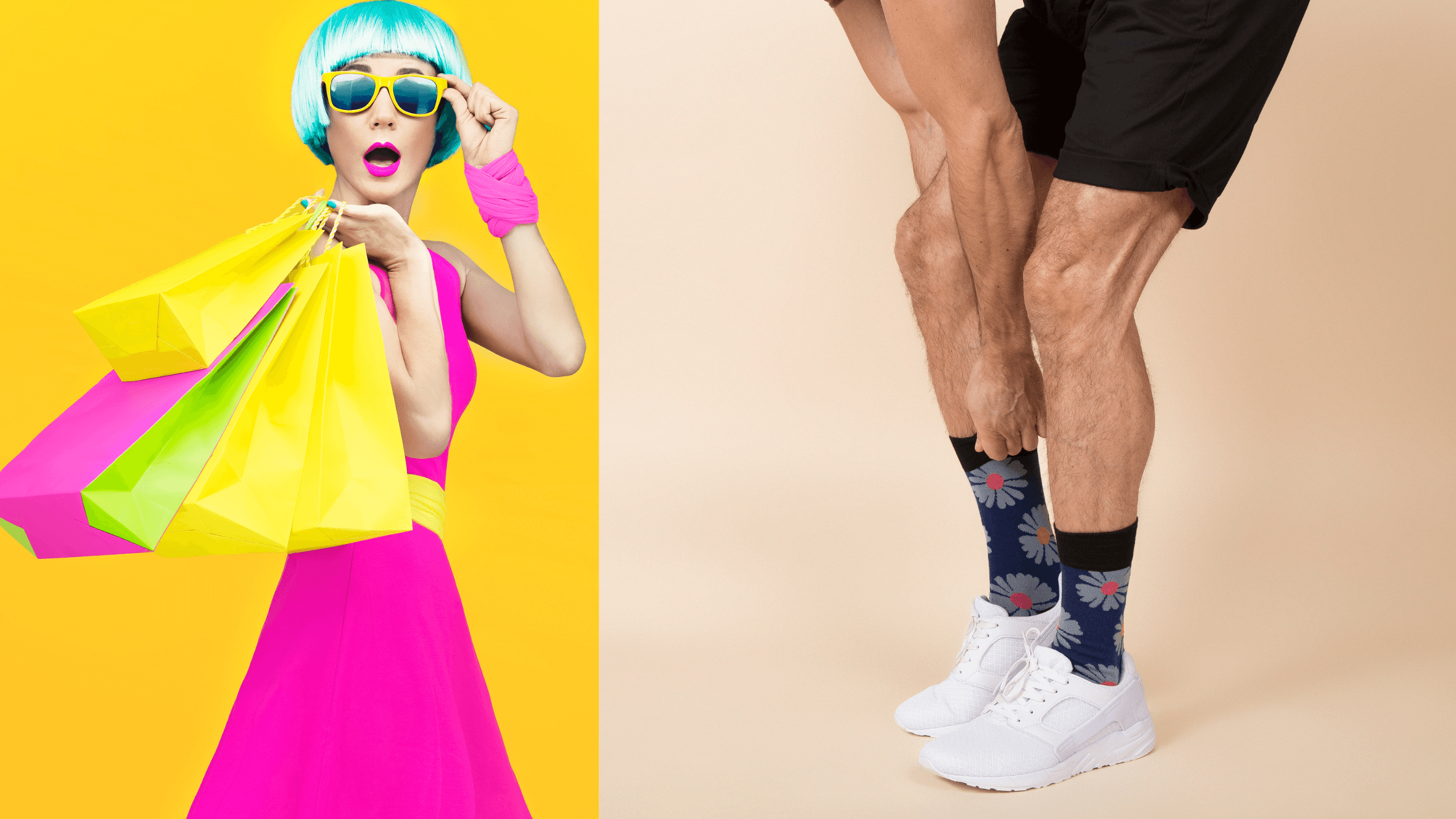
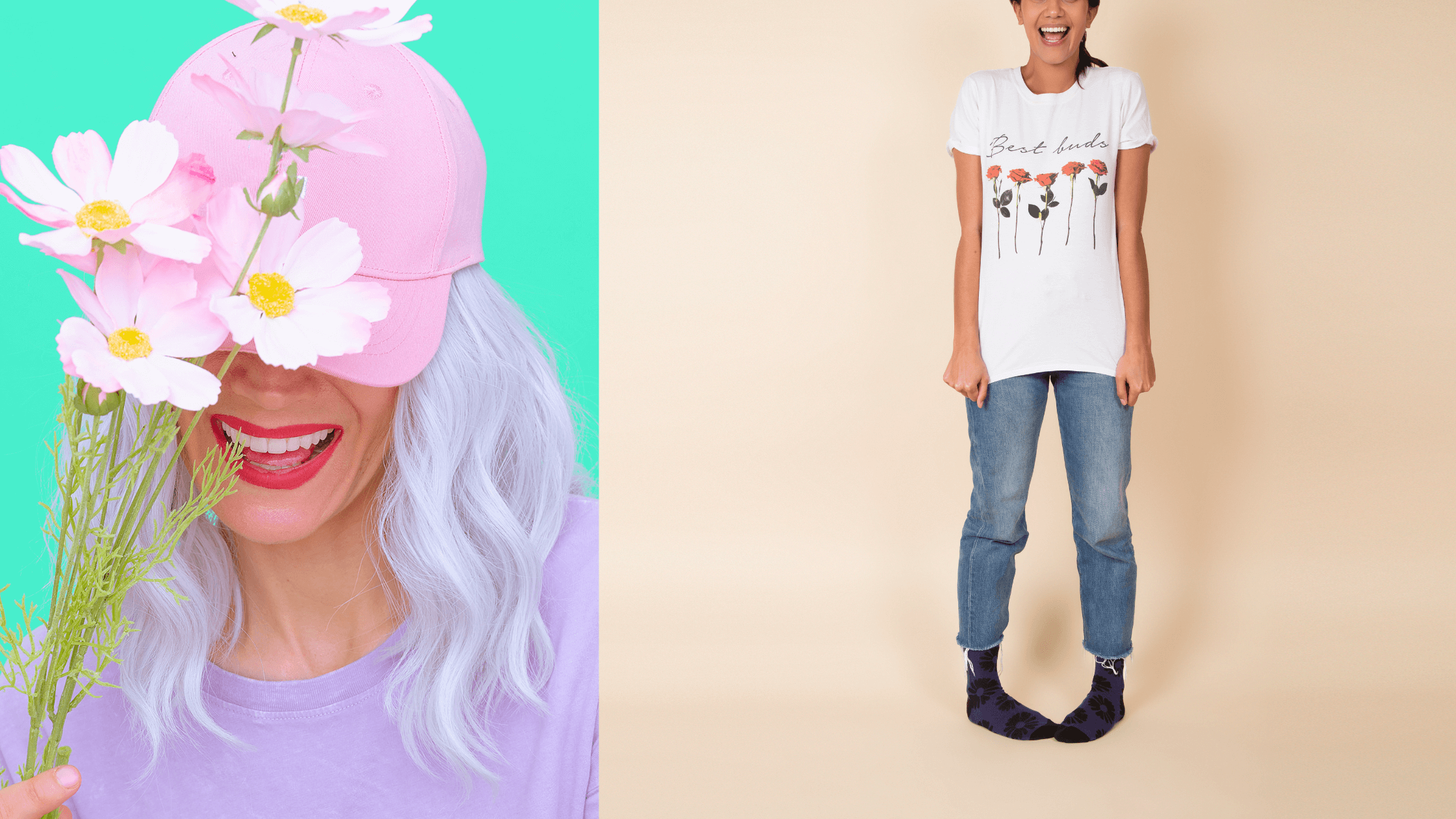
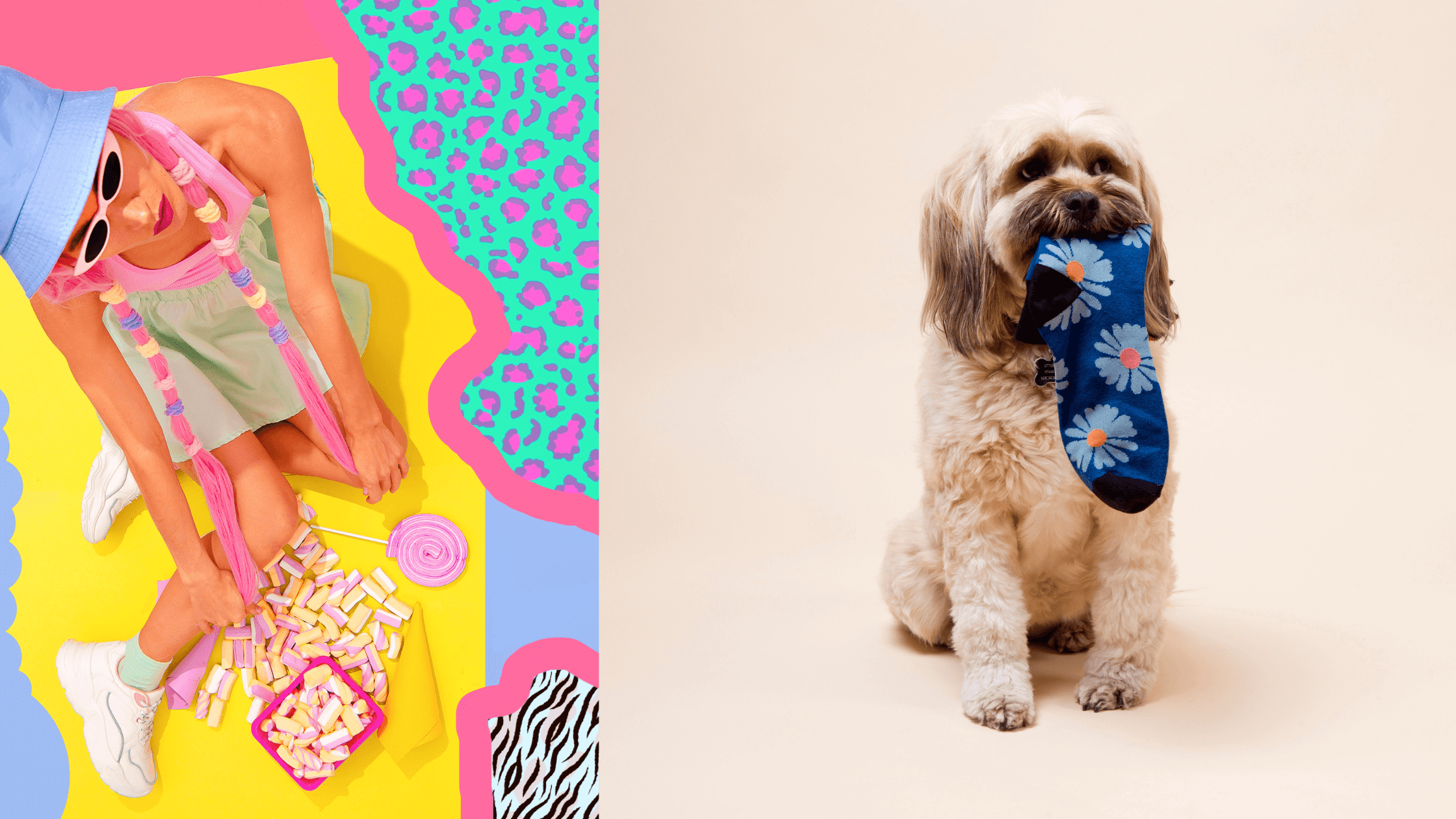




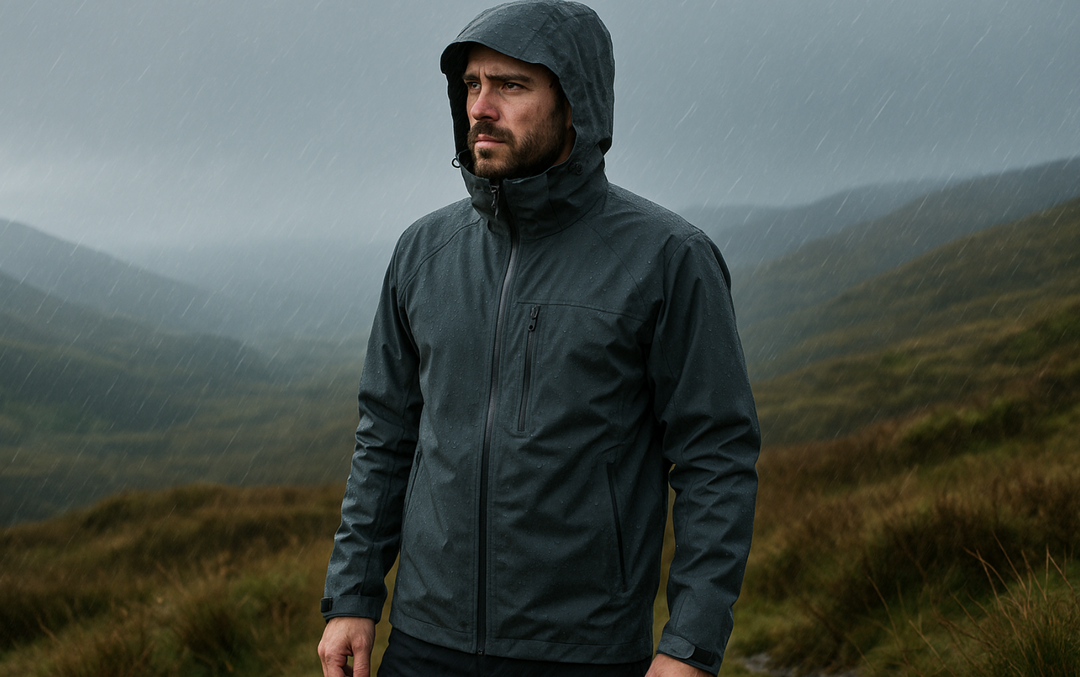
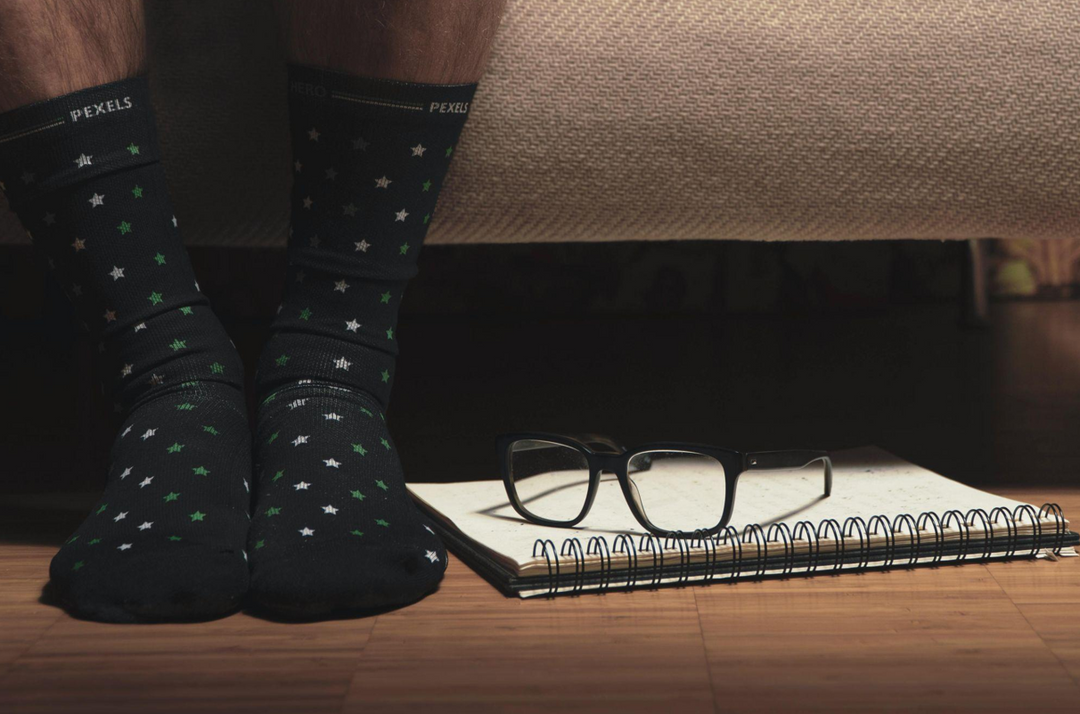
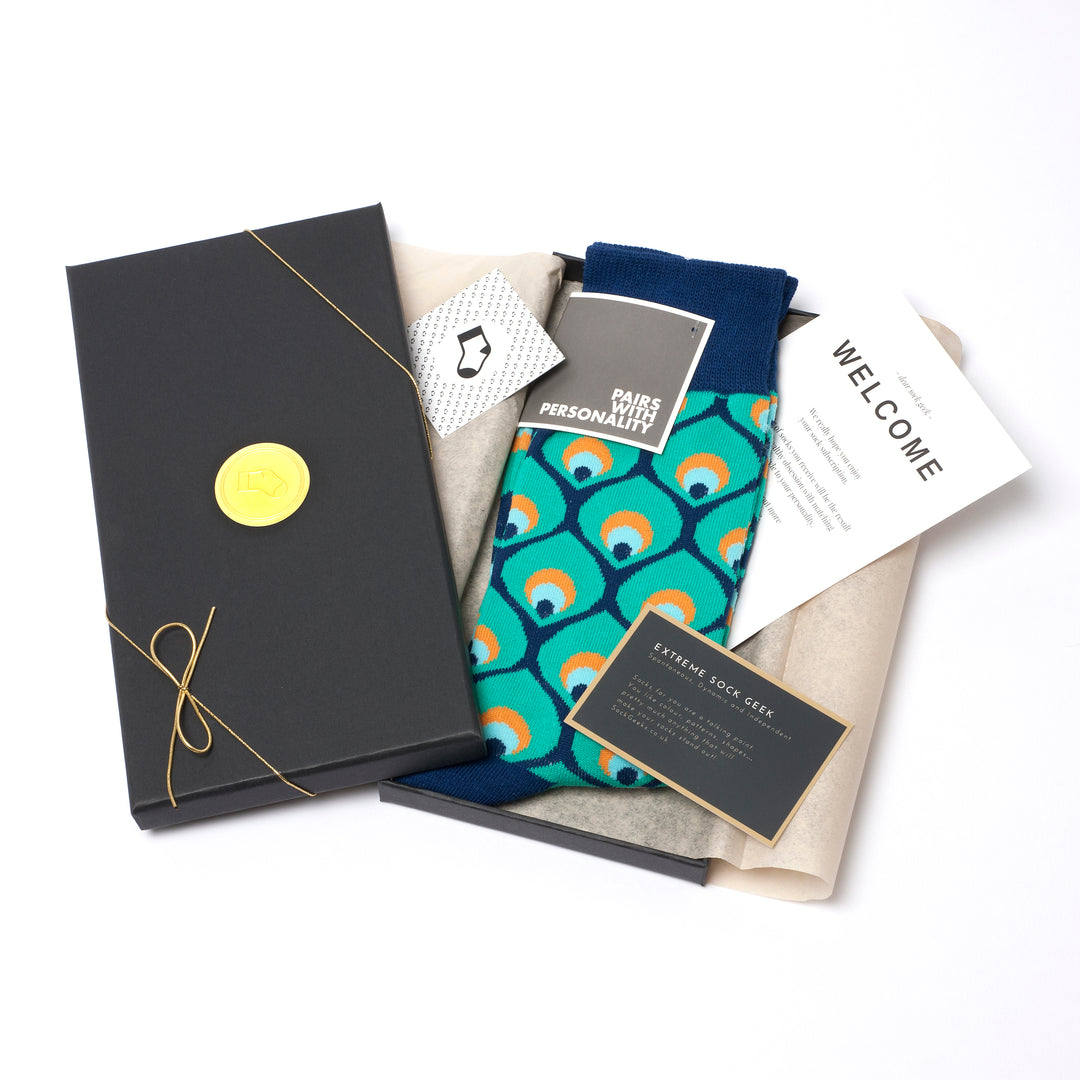
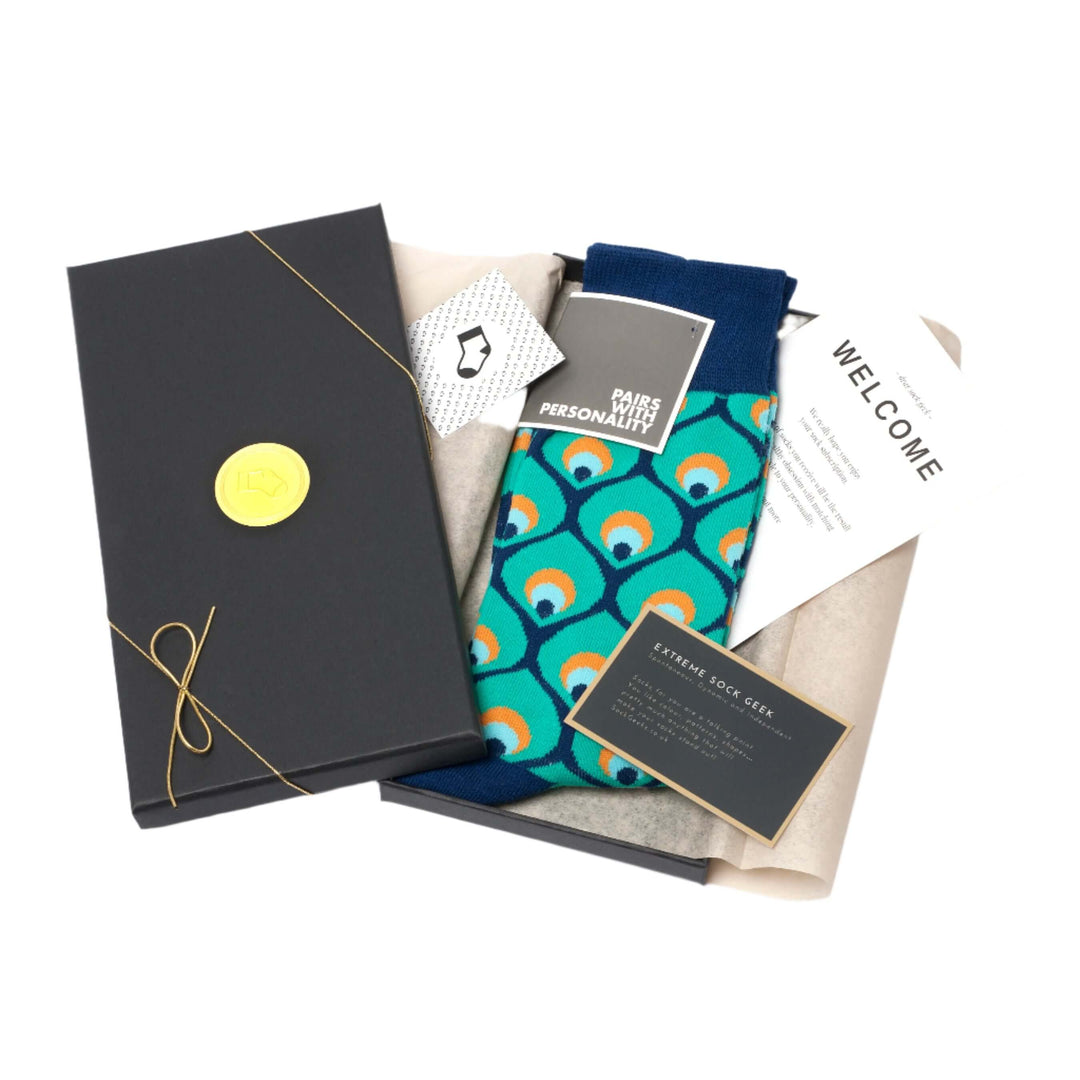
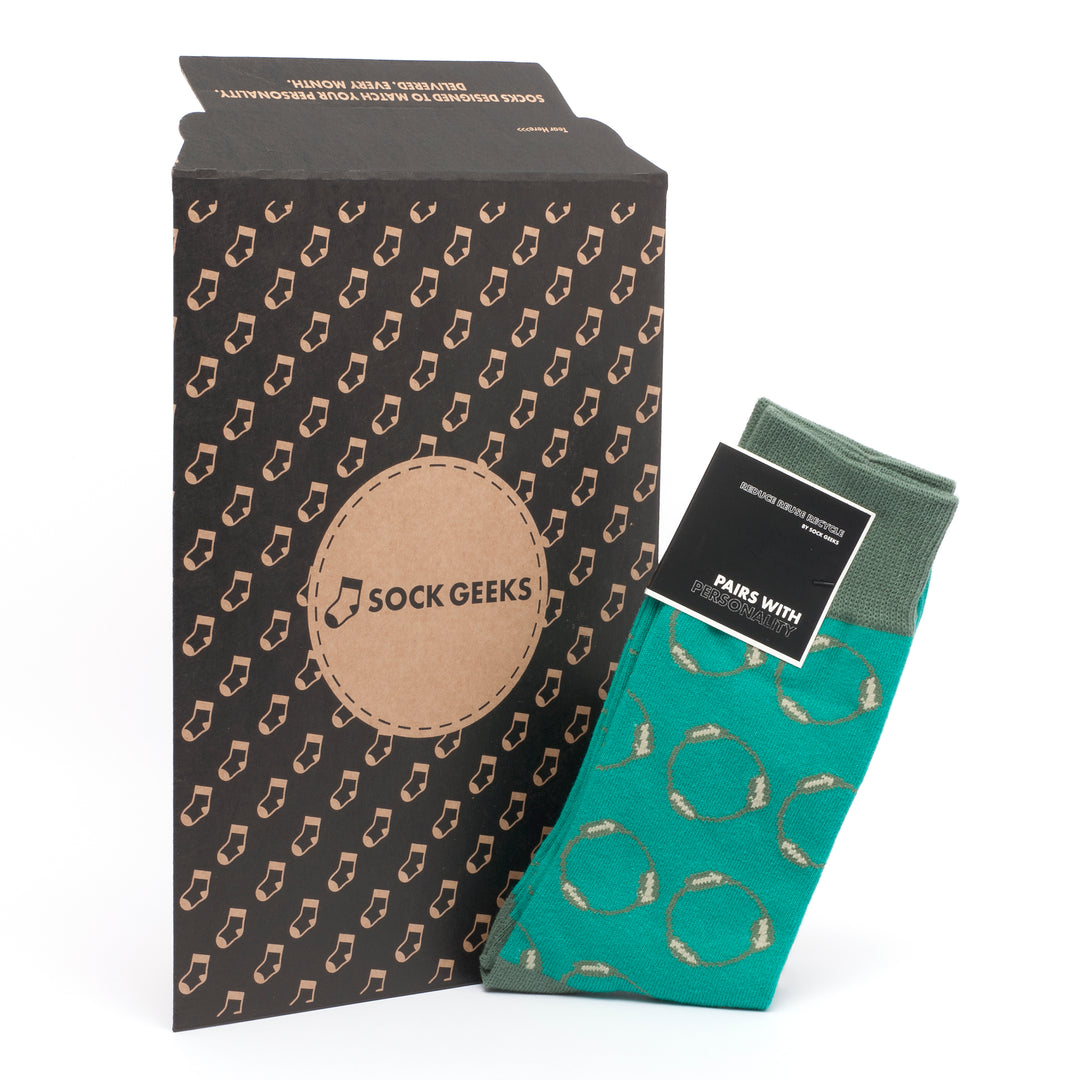
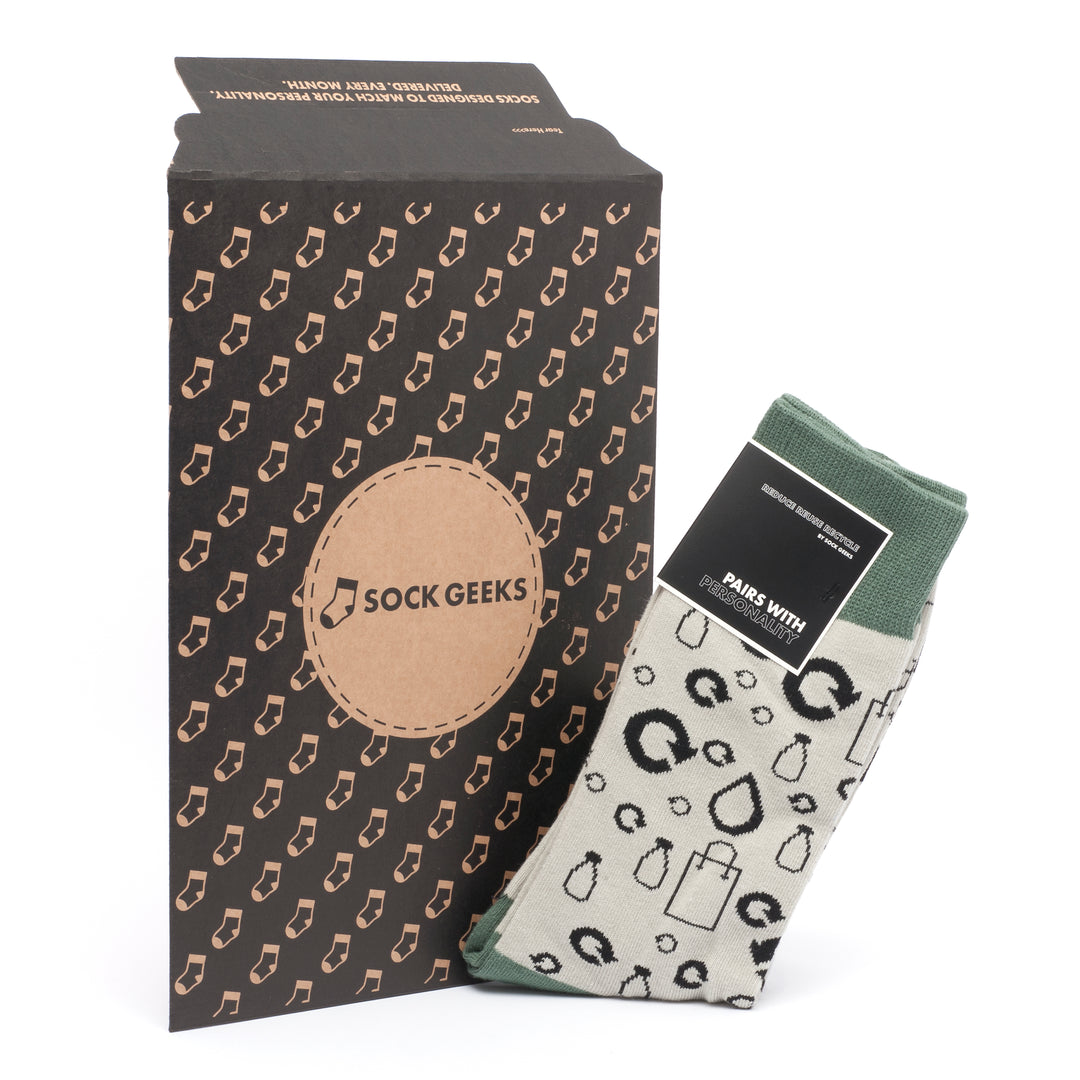


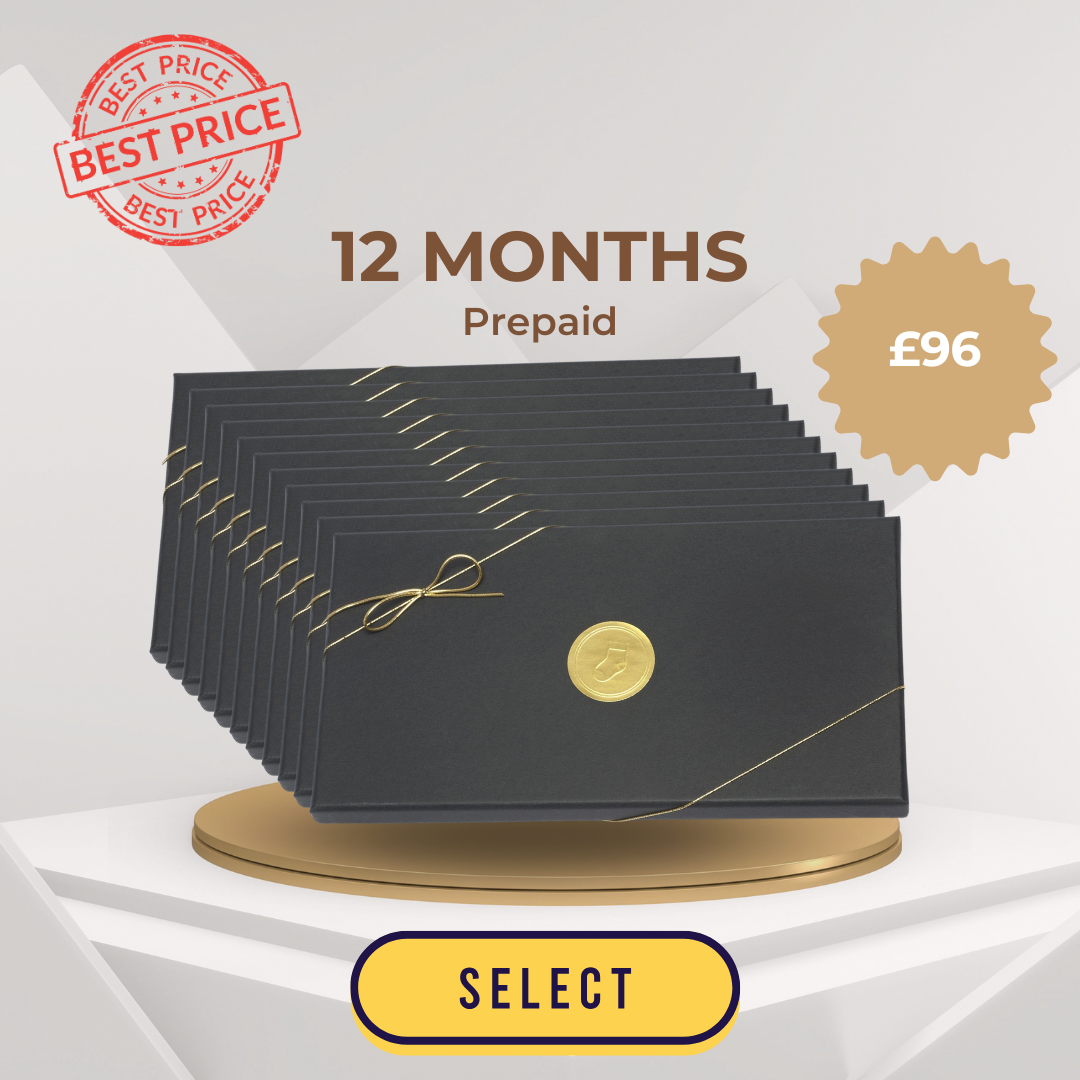
Leave a comment